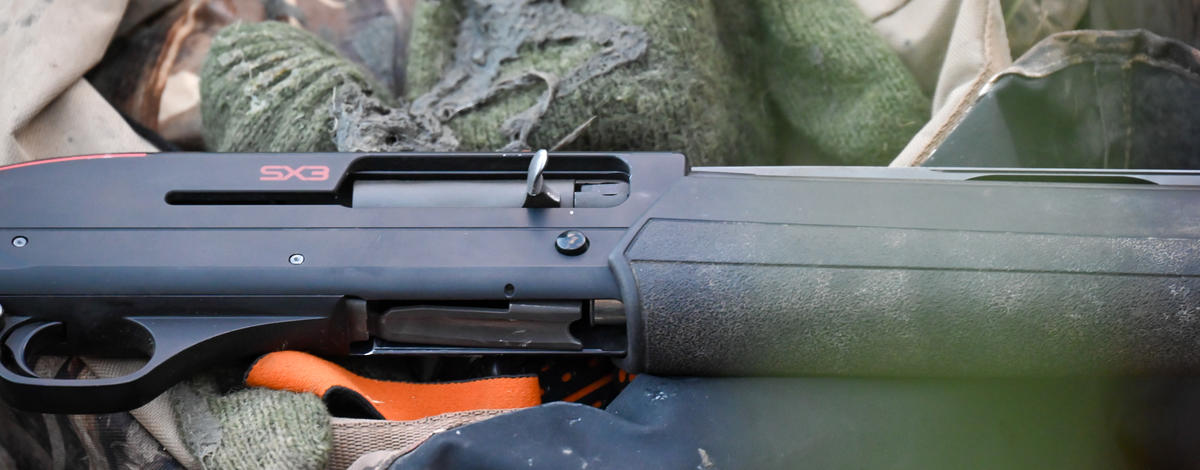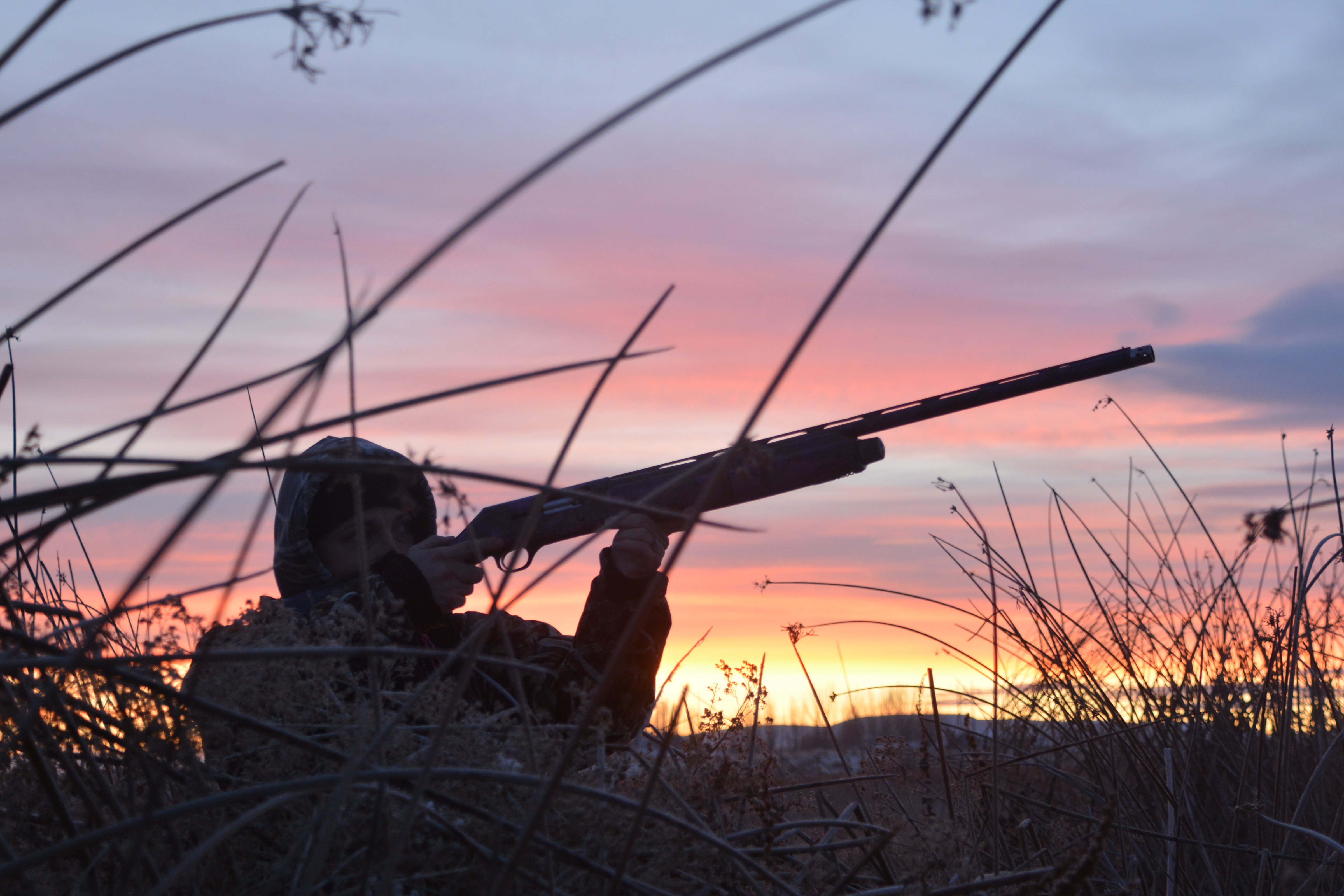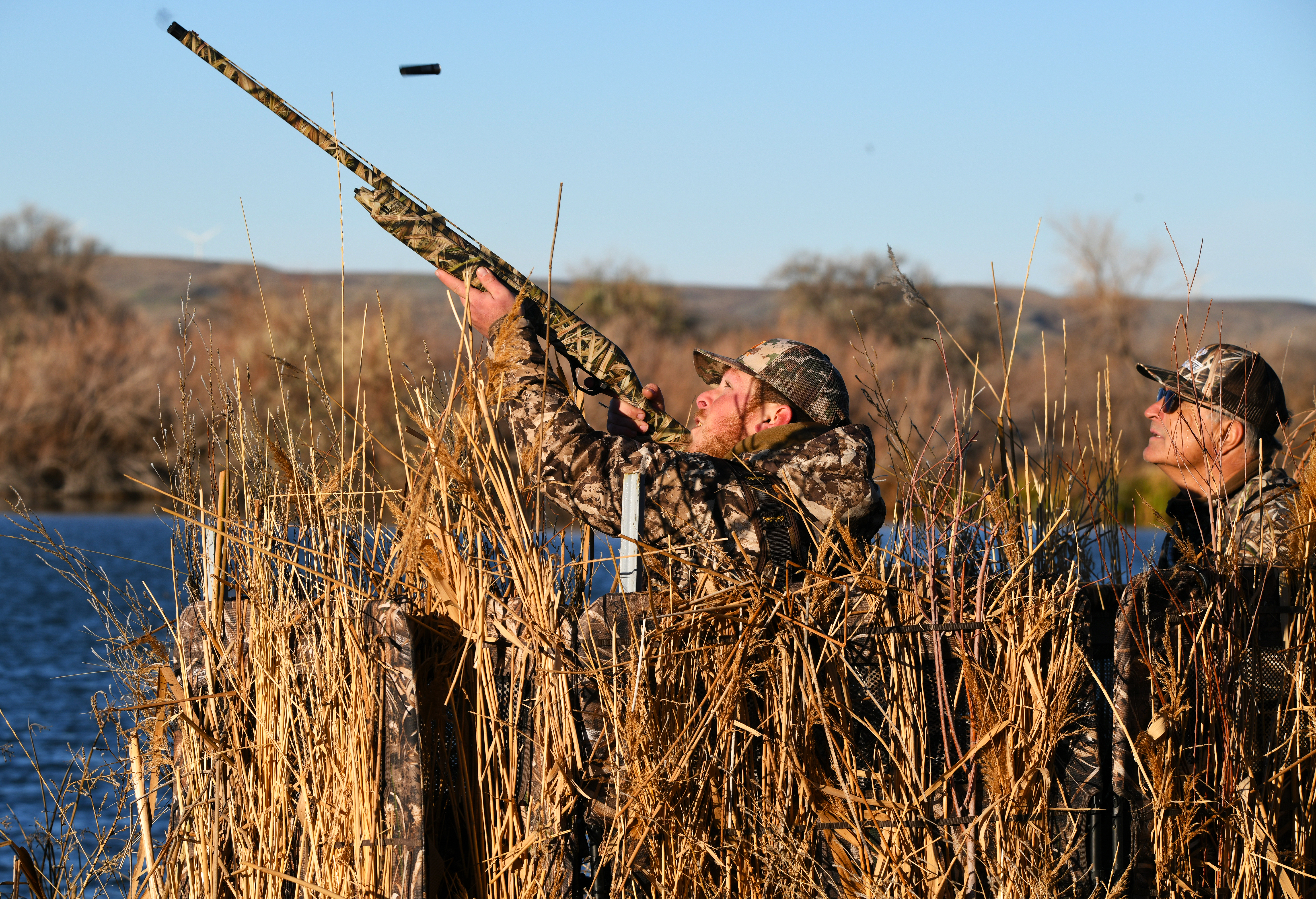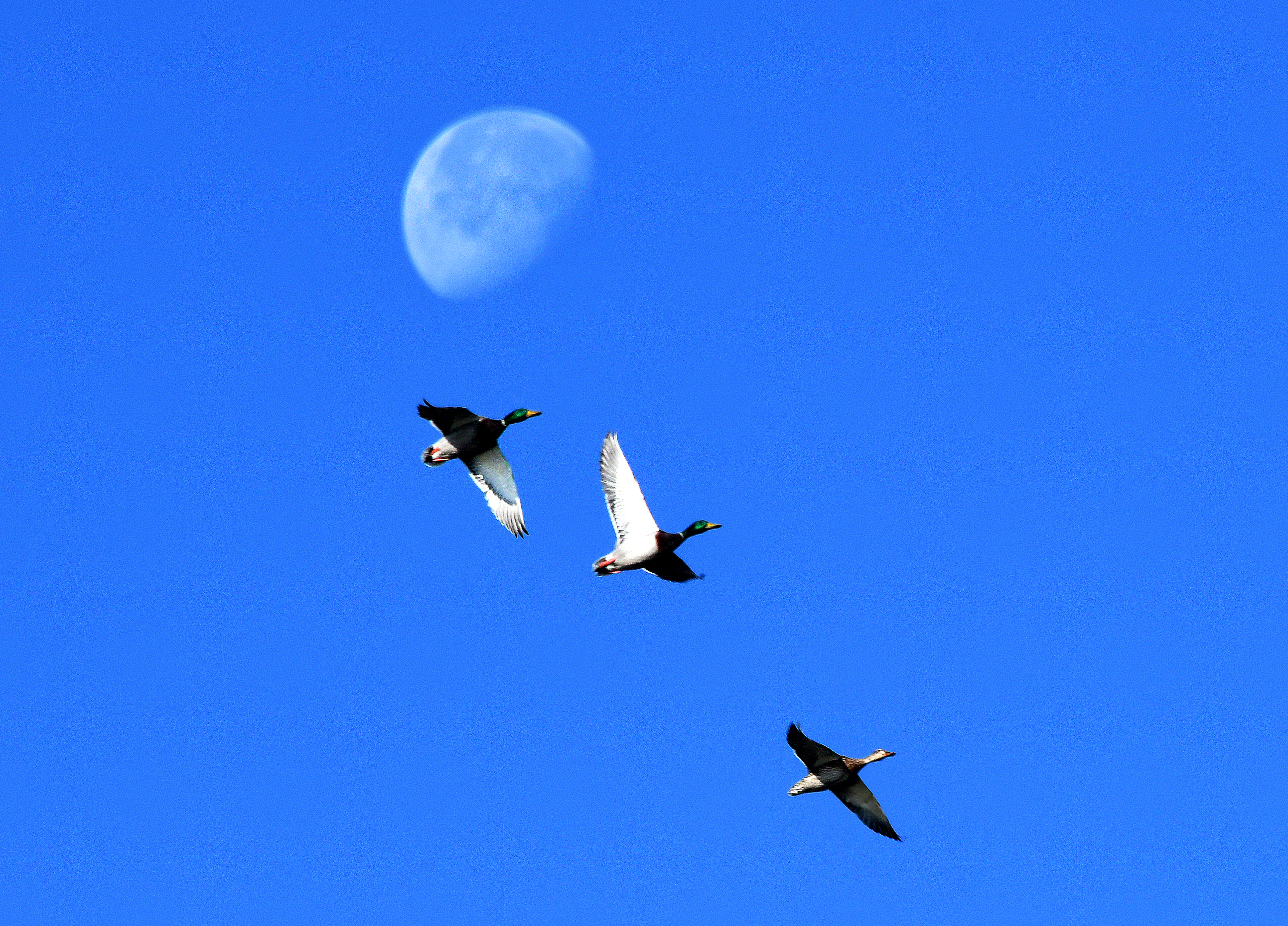Waterfowl hunting has a reputation for being expensive, but hunters don’t need to shell out tons of money on a boat or a truckload of waterfowl gear to be successful. That’s especially true in a state with as much public land as Idaho.
Jump shooting is a low-cost option for public land hunts, but it is not the only one. The classic method of hunting over decoys is a good option for public land waterfowl hunters. The excitement that comes with watching ducks work a decoy spread (circling them to see if it is safe to land), the interactive component of calling and close shooting provide an experience that many waterfowl hunters live for.





